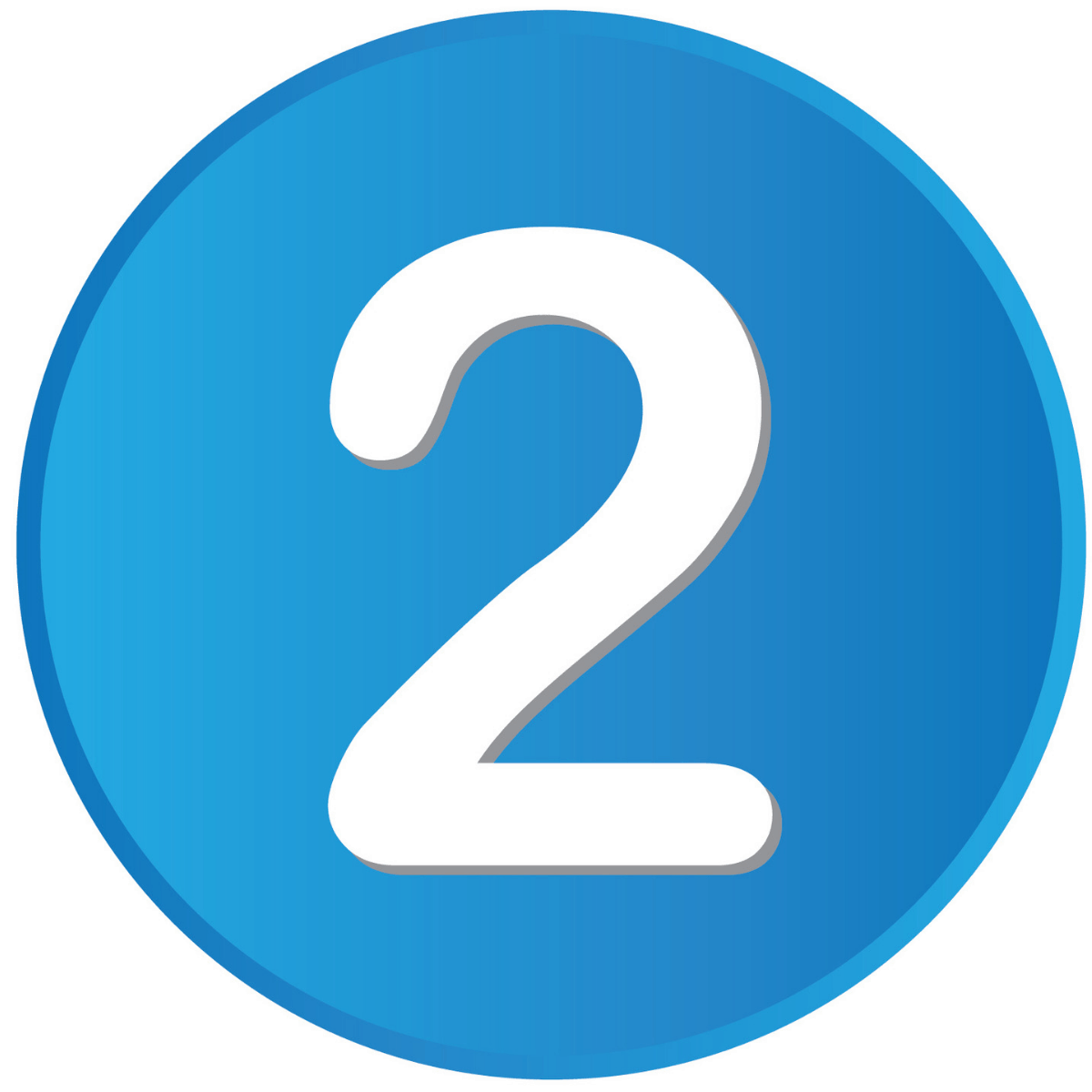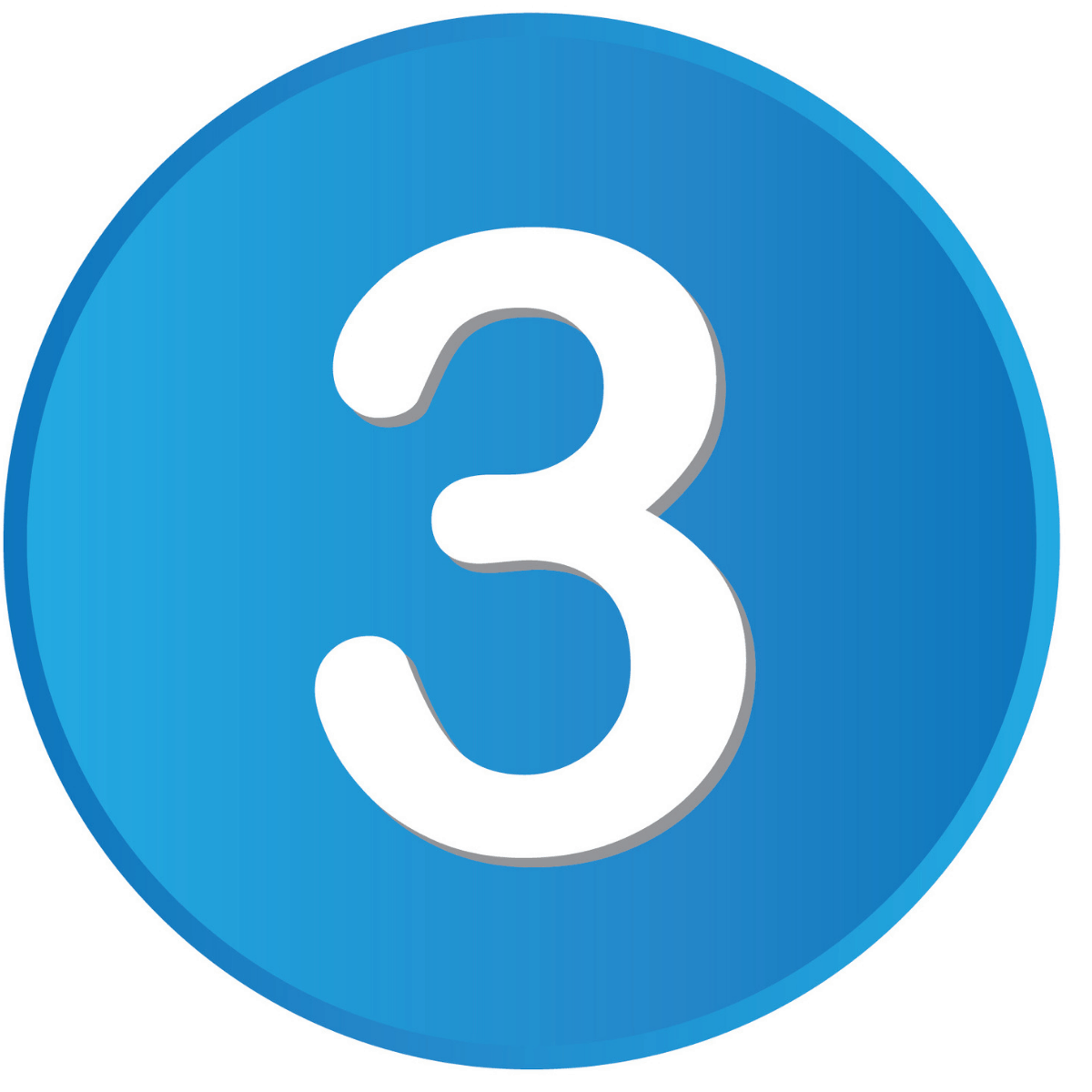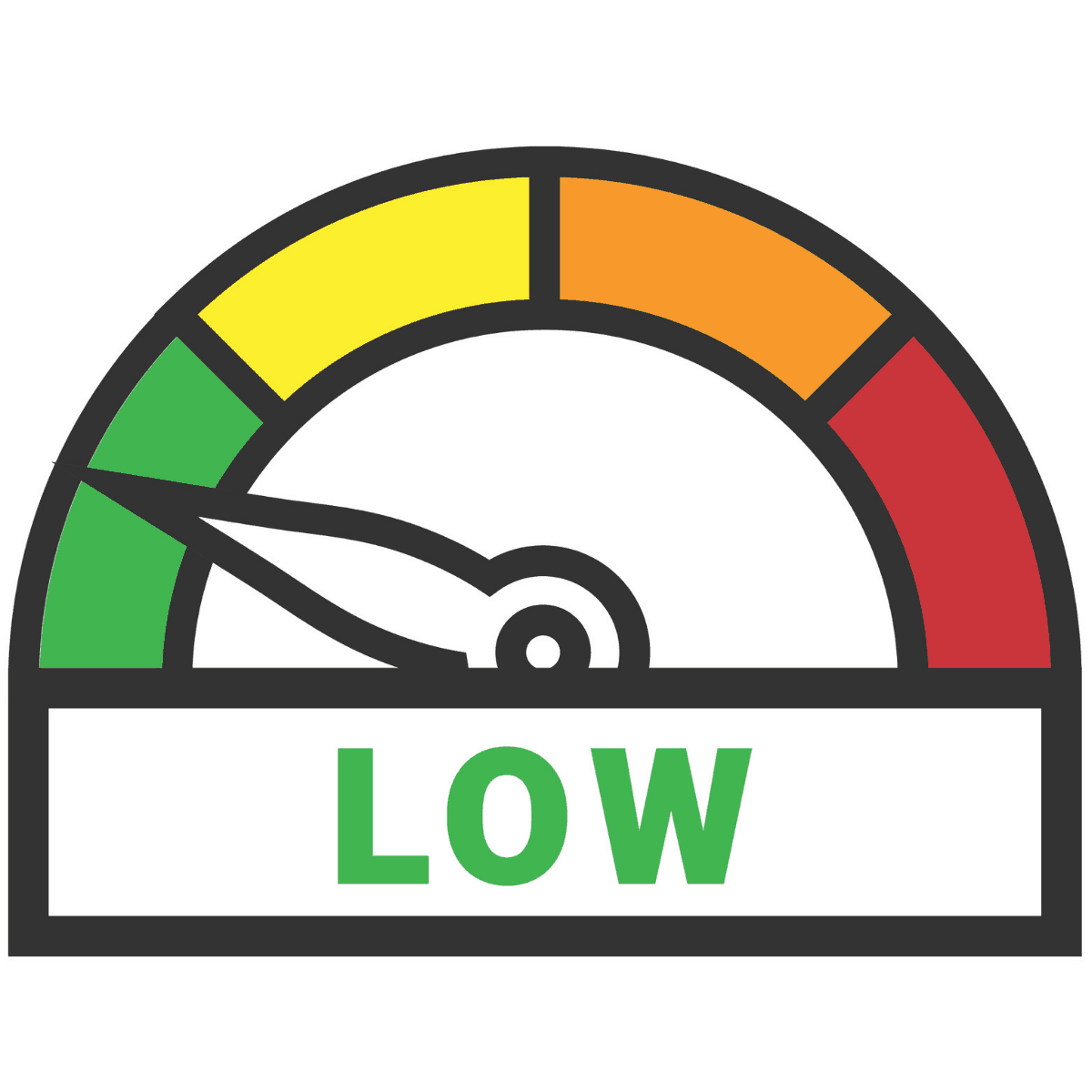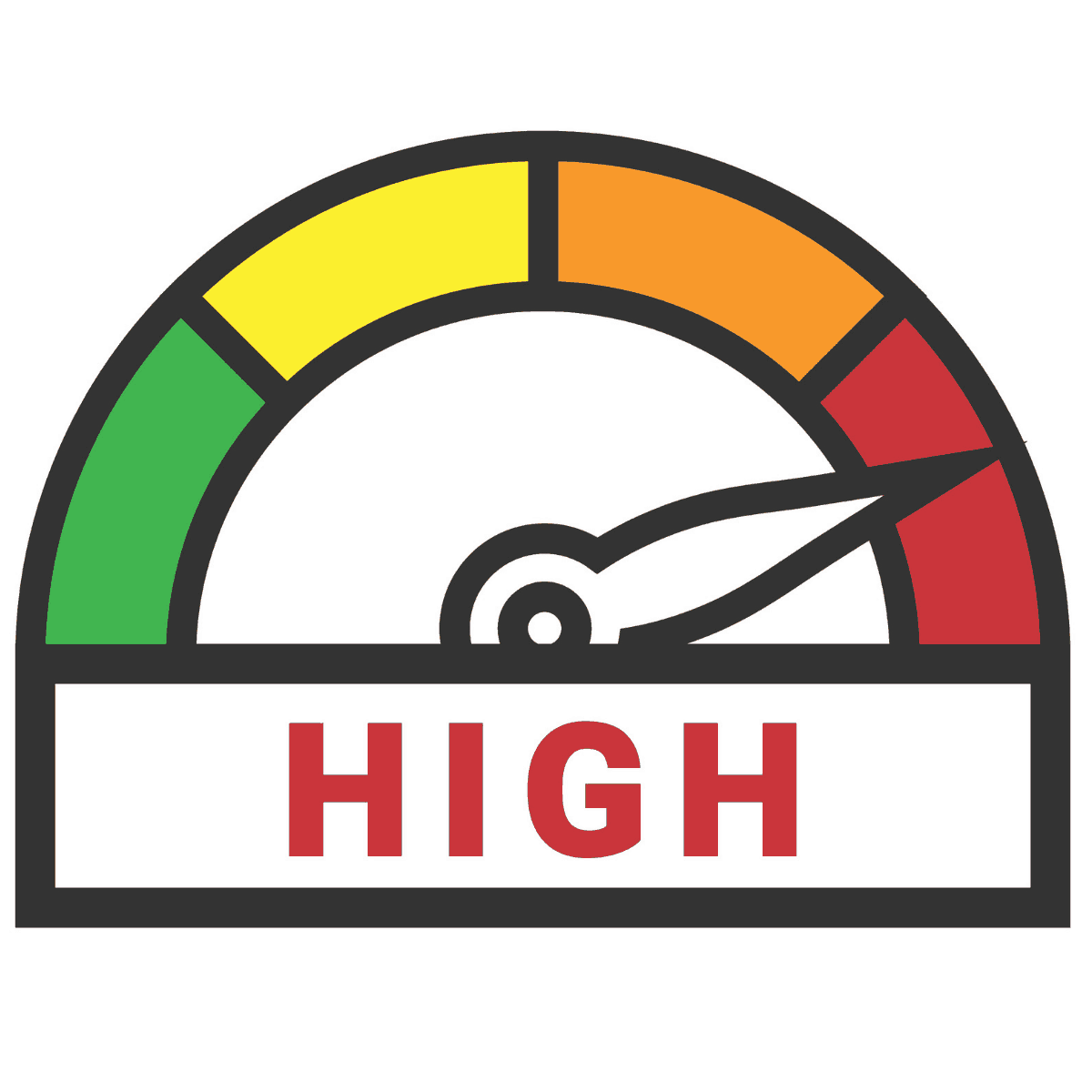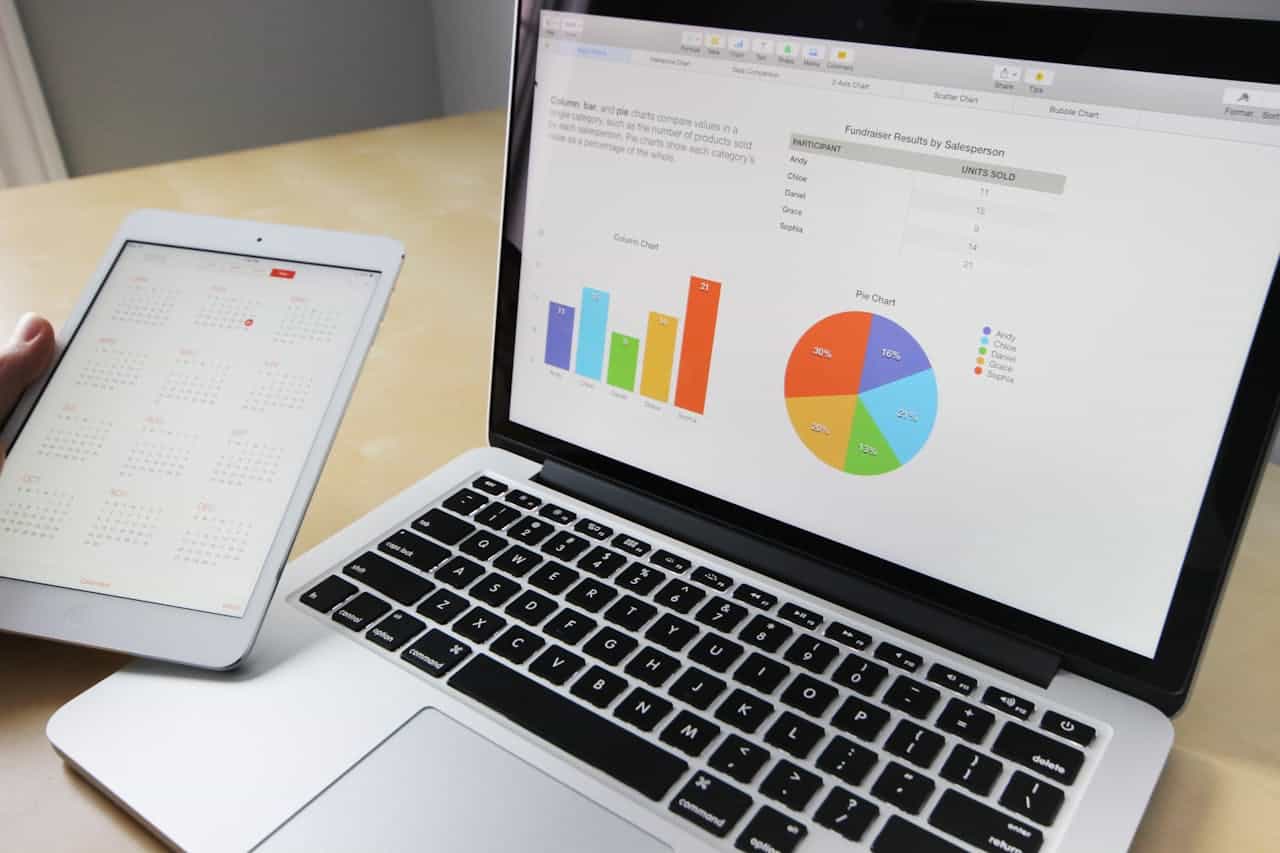Simply stated, an interest rate is the unavoidable cost for the use of money over time. Lenders charge a percentage of the amount borrowed for a mortgage, loan, automobile or any product or service that gets paid for over time. The cost of credit is not exactly free, yet borrowers do save tons of money with prime interest rate loans.
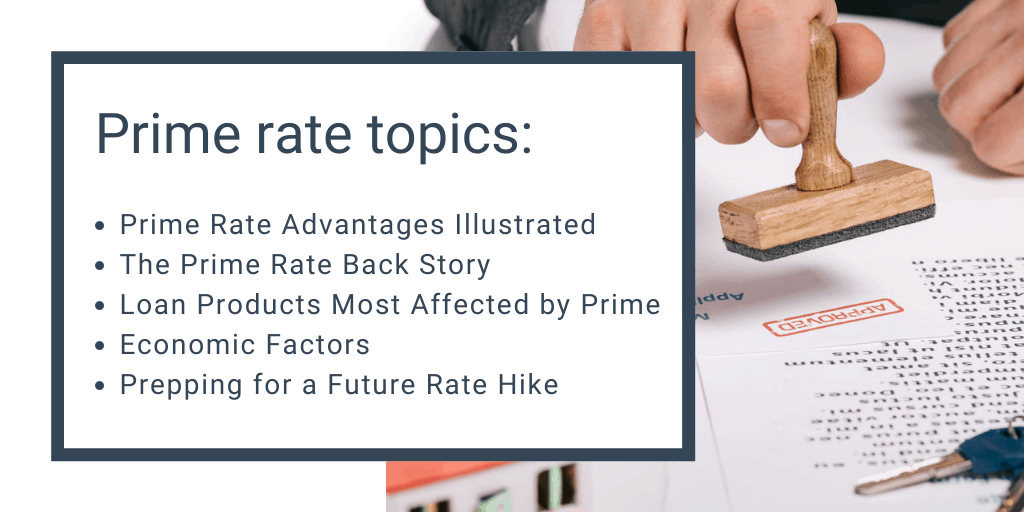
Prime Rate Advantages Illustrated
As its name signifies, a prime rate is the top-of-the-line high quality interest rate. And in the world of credit, that means the lowest rate available. Prime interest rates are offered to individuals and businesses with excellent credit. Banks consider these customers to be the lowest credit risks and less likely to default.
A larger number of consumers are perfectly content with simply getting approved for the credit they need. But paying prime rates is not merely confirmation of good credit, it saves an enormous amount of money, especially on a big-ticket purchase like a home mortgage. To illustrate, an individual has been approved for a mortgage and:
The amount borrowed is $100,000.
The borrower’s credit score is 610.
The 30-year mortgage loan rate is fixed (meaning it will not change).
The interest rate is 9%, which is not unheard of with a credit score in the low 600’s.
Again, as mentioned above, the borrower’s credit score is 610. Based upon an amortization schedule (the process of paying off a debt) with these variables, the borrower’s monthly mortgage payment will be about $800.00. This does not include insurance and other costs. During the first 6.8 years, less than $100.00 of the payment will go toward the principle. The rest goes to interest at 9%. Over 30 years, that translates to over $189,000 in interest! The homeowner will pay a total of $289,000 if the terms of the mortgage remain unchanged.
The same scenario, only the borrower has a credit score of 760. The bank charged a prime interest rate of 3.8%. The mortgage payment each month will be roughly $465.00. Over 30 years, $67,000 will be paid in interest for a total cost of $167,000 for the home.
This basic example of the advantages of prime rate interest shows how a difference of 150 points in a credit score saved over $120,000! That’s more than the cost of the home. Even borrowers with credit scores that are not as high as 760 can get loans with rates a couple of points below prime and still save a great deal of money.
The Prime Rate Back Story
The prime rate in the United States is not a law. Just as lenders can add a margin (points) to the prime rate to people who they see as a credit risk, it is possible for borrowers to find loans with an interest rate lower than prime. A prime rate is merely an index that banks and other lending institutions use to put a price on different types of loans products.
In America, the Federal Reserve (Fed) is the central bank of the nation. The Fed requires banks to maintain a reserve of money at the close of business each night. Banks that are short of this amount borrow from each other with Federal Reserve funds to fulfill the Fed’s requirement.
The rates the banks charge for the special overnight loans is known as the federal funds rate. The prime rate is calculated by adding 3 percentage points to the federal funds rate (as in: federal funds rate 0.30% + 3.00% (points) = 3.30% prime rate).

The prime rate doesn’t change on a regular basis. It may remain the same for years or change a few times in one year. The Federal Open Market Committee (FOMC) is a group within the Federal Reserve that meets eight times a year. The group also has the authority to hold emergency sessions if an economic condition escalates. The meetings are held to decide whether the federal funds rate should go up, down, or remain the same based upon:
- A high rate of unemployment
- Recession or slow U.S. economy
- Inflation below the Federal Reserve target of 2%
- A credit crunch in the nation’s banking system
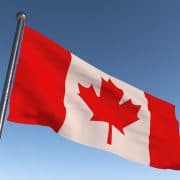
Canada’s prime lending rate is offered by major financial institutions to customers with a high credit rating. The prime interest rate in Canada is largely influenced by the rate set by the Bank of Canada (BoC). Similar to the Federal Reserve in the U.S., the BoC has a target rate that is set for overnight loans between banks which affects the Canadian prime rate.
Loan Products Most Affected Prime
Financial institutions use the prime rate as a base for the interest they charge. To cover losses from unpaid loans, banks charge a certain number of points above prime on loan products that pose a greater risk of default. The main three are:
Interest-only mortgages

Adjustable-rate loans

Credit cards
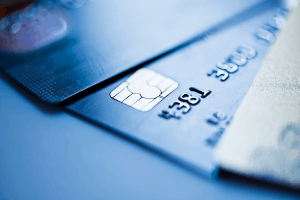
Very often, adjustable rate loans and interest only mortgages are approved for people with bad credit. This can be especially expensive when the prime rate rises, along with the rates charged which are already higher than prime. Some credit cards pose a high risk of nonpayment. The rates for some credit cards is generally above prime, especially for people with credit that is less than stellar.
Economic Factors
Basic economics show that when consumers have more money to spend, there is an increase in the demand for services and products. The demand is easier to meet when rates are reasonable, making borrowing easier. However, when rates rise, loan costs follow the trend. The prime rate is usually increased to keep these costs stable.
When the U.S. Fed rate is high, the economy slows down. Businesses normally reduce hiring and stop pay raises. Financial incentives and business expenses are cut. This is one method the Federal Reserve uses to curb inflation.
Prepping for a Future Rate Hike
The money-saving coveted prime rate on loans and services is, unfortunately, not possible for everyone. The average consumer has decent or good enough credit to get their financing needs met. But even those with grade A exceptional credit can run into an unexpected tumble in life that brings down their credit score and raises their rates. A few tips to consider now to be prepared for rising interest rates later on:


In Canada and the United States, informed consumers stay on top of the prime rate at any given time. They research predictors of changes in prime and use that information to make sound financial decisions that will cost them the least money. These consumers are not financial wizards, but everyday individuals and businesses who dare to take a look behind the curtain to find out what’s affecting their bottom line to such a large degree.




